$600 Notebook Roundup - Crowning the Affordability King
by Anand Lal Shimpi on November 29, 2005 10:38 AM EST- Posted in
- Laptops
The NX200S' keyboard offers good tactile feedback. However, some of the keys have a tendency to give you that slight rattling noise when typing on them. We noticed it most with the arrow and backspace keys, while the rest were relatively problem free.
As you can guess, at the $600 price point, there are no options for keyboard lighting on the NX200S nor on any of the other notebooks in this roundup.
Like the rest of the notebooks in this roundup, the Gateway NX200S didn't do much in terms of heating things up. The underside of the notebook became slightly warm at best, but didn't make us uncomfortable at all - it is one of the benefits of the very cool Celeron M processor.
While the NS200S can't offer performance greater than the Inspiron 2200, it does come in a close second place, offering better overall performance than the Compaqs. The kicker though is its battery life, as the Gateway offering managed to give significantly better battery life in all of our tests, when compared to any of the Dell or Compaq solutions. You have no mobility without a good battery life, and that's where Gateway wins.
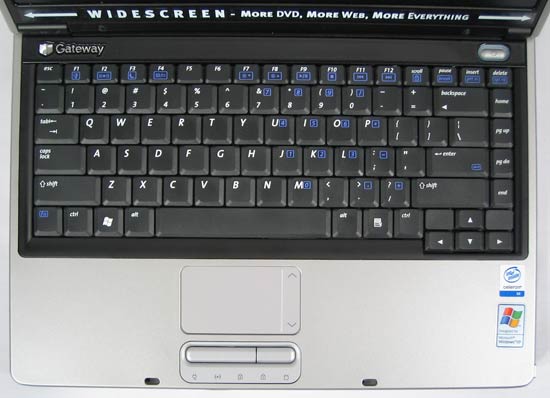
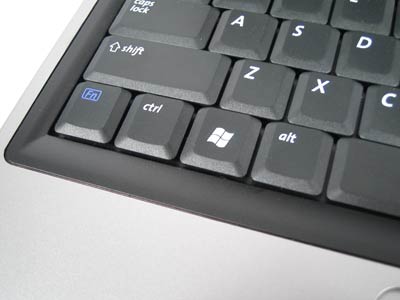
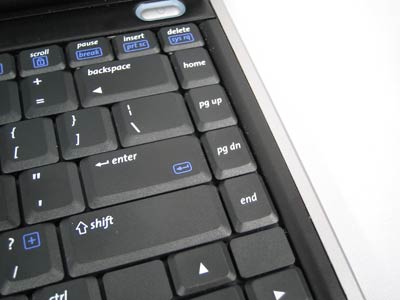
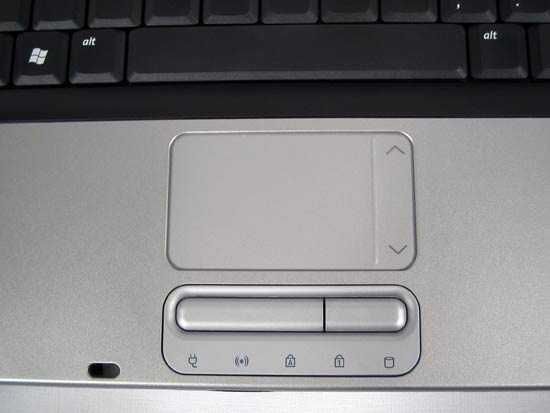
As you can guess, at the $600 price point, there are no options for keyboard lighting on the NX200S nor on any of the other notebooks in this roundup.
Like the rest of the notebooks in this roundup, the Gateway NX200S didn't do much in terms of heating things up. The underside of the notebook became slightly warm at best, but didn't make us uncomfortable at all - it is one of the benefits of the very cool Celeron M processor.
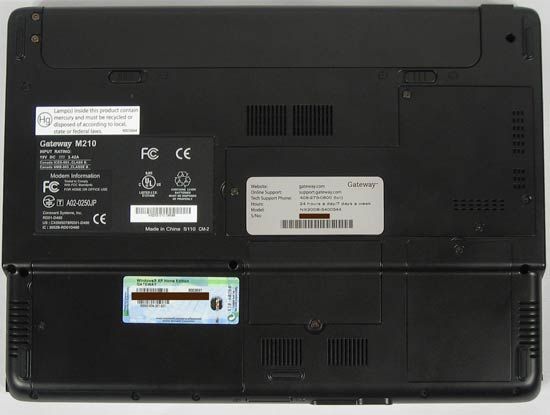
While the NS200S can't offer performance greater than the Inspiron 2200, it does come in a close second place, offering better overall performance than the Compaqs. The kicker though is its battery life, as the Gateway offering managed to give significantly better battery life in all of our tests, when compared to any of the Dell or Compaq solutions. You have no mobility without a good battery life, and that's where Gateway wins.










50 Comments
View All Comments
Hacp - Tuesday, November 29, 2005 - link
x200 graphics with/o dedicated memory.If you get x300 graphics with some dedicated memory, it should play some of hte latest games at halfway acceptable settings. Just dont' expect to be playing FPS smoothly though, but RPGs/rts should be fine. Racing should be fine too.
manno - Tuesday, November 29, 2005 - link
meLoneWolf15 - Tuesday, November 29, 2005 - link
Interesting to note that even without Speedstep, the Celeron-M still has better battery life. Then again, didn't Intel change some designs in transistor-switching to make battery performance better even at full speed?One comment, more to notebook manufacturers: Where the heck is my Trackpoint mouse? I can't stand touchpads, which require me to take my fingers off the keyboard to use, when a trackpoint can be used almost simultaneously. I can type 75-80wpm, and don't find touchpads very efficient for this reason (my older but top-of-the-line-when-released Latitude C840 has both devices). Somebody, please bring back the Trackpoint!
Hacp - Tuesday, November 29, 2005 - link
Also, why do you have to take your fingers of the keyboard to use the touchpad? I keep one hand on the keyboard, and one hand on the touchpad when using my computer. Rightclick is tap top right corner, leftclick is tap anywhere on the touchpad that doesn't involve the top right corner.Zorba - Tuesday, November 29, 2005 - link
I too hate touchpads and miss the old mouse sticks. I always rub the touchpad with my arm when typing and usually end up clicking some where I don't want to. It also takes me much longer to navigate with a touchpad and I usually accidently click something because I change the amount of pressure on the pad (I know you can turn the clicking off, but I still don't like the pad). It is a personal preference but I would like to at least be given the chance to pick between the two.matthewfoley - Tuesday, November 29, 2005 - link
Yeah, well I hate the mouse sticks. Who cares.Zorba - Tuesday, November 29, 2005 - link
The point the original poster and I were trying to make is manufacturers should include both devices, which a lot of them used to do.Hacp - Tuesday, November 29, 2005 - link
The battery life difference is most likely due to the ATI chipset and integrated graphics, which uses more power than intel EE.Tamale - Tuesday, November 29, 2005 - link
page 9's link to page 10 is shotTamale - Tuesday, November 29, 2005 - link
nvm :]